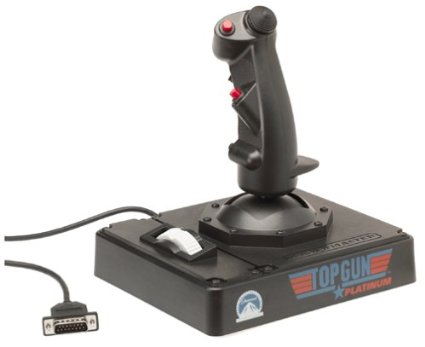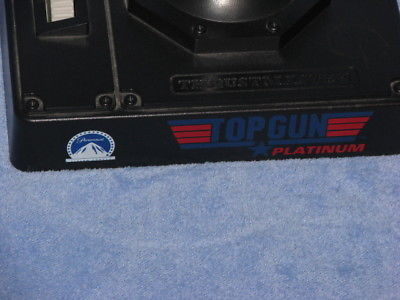(Part 1 of X as, honestly, I have absolutely no idea of how many parts this series of articles will last, anyway).
Oct. 1, 2016 update: Part 1 of 4 😉
If you’re reading this you probably know which company Thrustmaster is, what’s its main business and what are their most known products. Probably you’re a simmer.
If you’re not a simmer, that means a person which is interested in simulation (usually flight simulation), then maybe you don’t know Thrustmaster. This is their website: Thrustmaster.com (US).
Some Thrustmaster products really made history and any good simmer knows them:
- Pro Flight Control Stick
- X-Fighter Joystick
- Rudder Control System
- Weapons Control System – a programmable throttle controller
- F-16 TQS and FLCS – full size programmable replicas of the F-16C’s throttle and stick
- F-22 PRO – a full size programmable replica of the YF-22 stick (almost exactly the same as an F-16C, F-22A’s stick is different)
- HOTAS Cougar – a renewed F-16’s HOTAS replica controller
- HOTAS Warthog – a replica of the A-10C’s HOTAS
Back on topic, around year 1998/1999 my father bought me a Thrustmaster Top Gun Platinum joystick. The original “Top Gun” (the joystick, not the movie) was an X-Fighter joystick with simpler gimbals and directly attached potentiometers (from now on pots for short). The Top Gun Platinum added a throttle to the base of the controller with an all-black colour style.

The joystick we’re talking about

The joystick model with a big logo of Paramount
And now some (interesting?) technical details:
- The stick is really similar to (but not exactly a replica of) a B-8 grip. The B-8 was a very widespread grip that was used on many US and NATO aircrafts, like the F-4 “Phantom II”, the A-10A “Thunderbolt II”, the Bell 206 “JetRanger III”, the Aermacchi MB-339 and many others.
- The stick, as usual for that time was connected via game port.
- It has 3 axis, four buttons and a four way “china hat” switch, usually used in simulators for changing the player’s Point of View (and therefore sometimes named HAT/POV) while in real airplanes is used for pitch and roll trim.
- Thrustmaster used a “hack” for connecting the hat switch on this and many other joysticks before USB became the standard connection. Because game ports allowed to connect a total of 4 axis and 4 buttons, and the hat switch usually is implemented with 4 microswitches, there was a shortage of buttons that can be connected. Thrustmaster used an axis line and some resistors to send various resistance values to the game port. An “ad-hoc” driver inside the game or the operating system decoded the resistance values and used it as if 4 different buttons were pressed. The drawback is that only “up”, “down”, “left” or “right” directions were allowed (both mechanically and electrically) as it wasn’t possible to combine two commands simultaneously.
Now the project itself is about completely rewiring the joystick and converting it to USB using a cheap Arduino reprogrammed as a HID device.
Part 2 of X will follow when work will actually start.
Bye
Tags: DIY, Flight Controller, Thrustmaster, Top Gun Platinum
Categories: computers ,electronic ,flight simulators ,hardware ,howtos